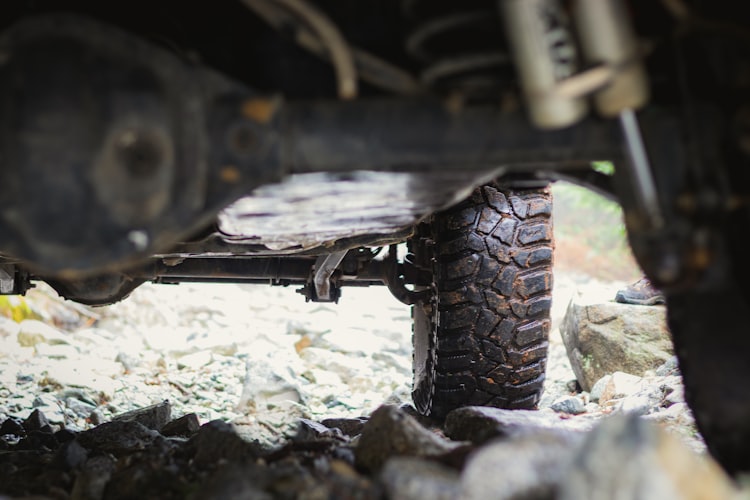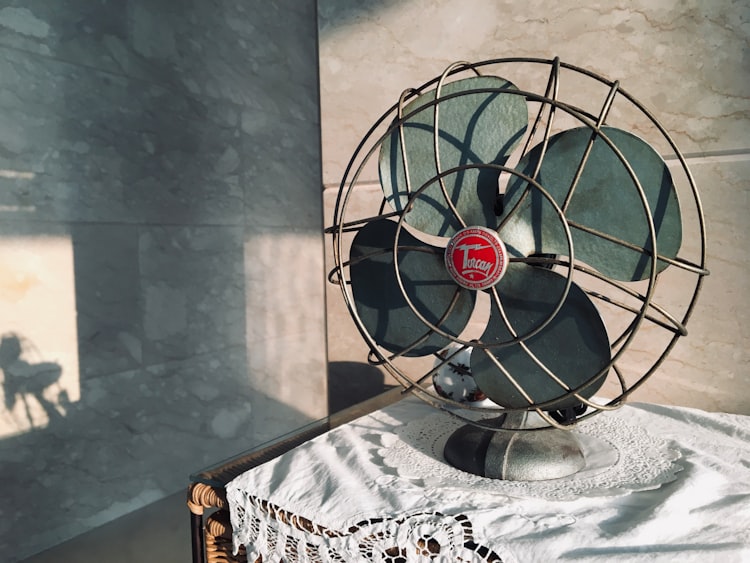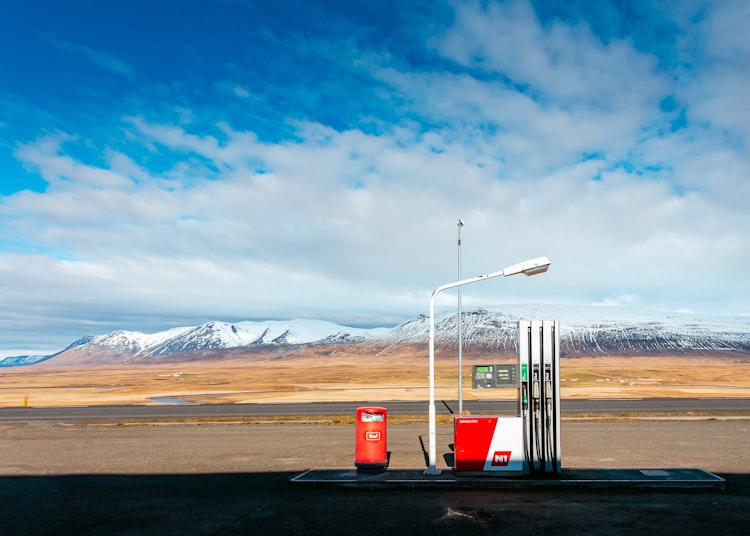Car Fundamentals: The Drivetrain
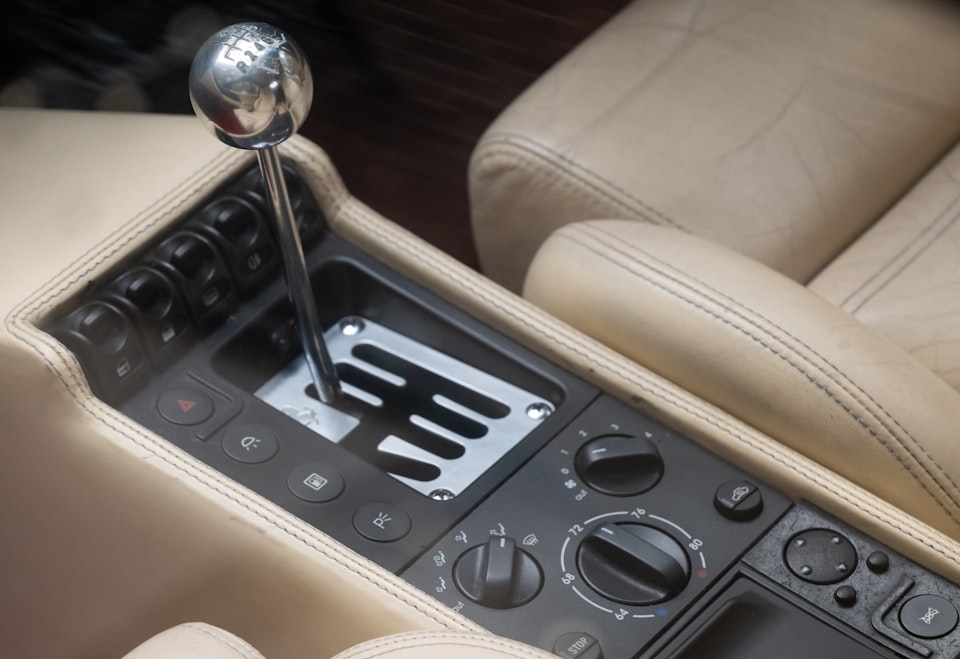
A drive train is a system in a car that transfers spinning motion from the engine to the wheels. It's made up of different parts and has three main jobs:
- Transferring power from the engine to the wheels.
- Changing how fast the wheels spin by shifting gears.
- Connecting or disconnecting the engine from the wheels when starting or idling.
In this article, we will look at the different types of drivetrains, like rear-wheel drive and front-wheel drive, and the parts involved.
Rear Wheel Drive
In a rear-wheel-drive system, the engine is typically located at the front of the car. The back of the engine connects to a transmission. A drive shaft extends from the back of the transmission to transfer spinning motion to a part called a differential. The differential sends this spinning motion to the axle shaft. The axle shaft connects to the rear wheels.
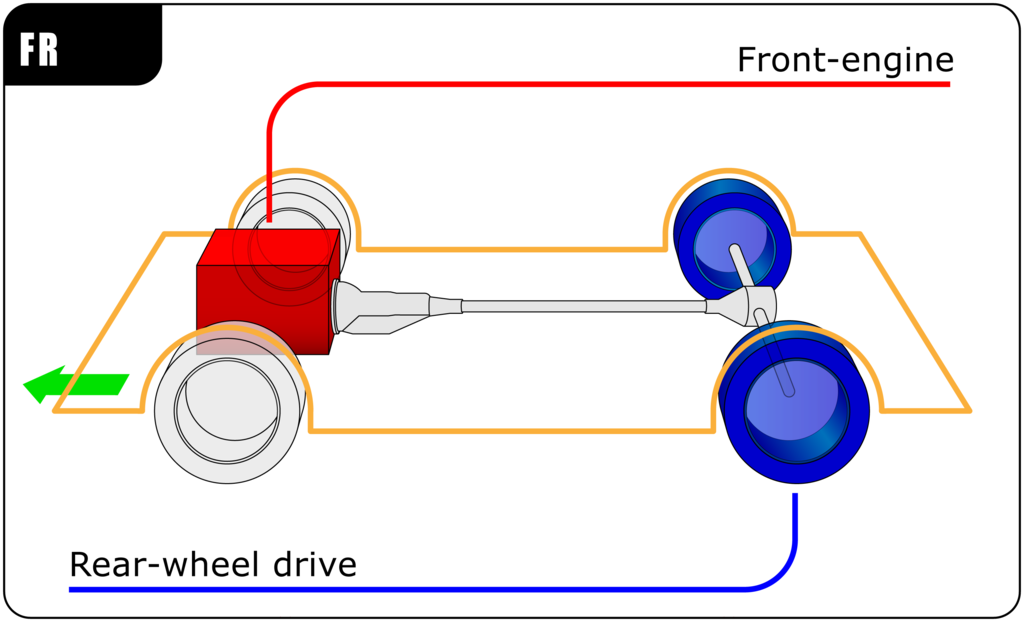
Front Wheel Drive
In a front-wheel-drive system, everything is located in the front of the car. It's more complex because the front wheels have to handle the power from the engine and the steering and suspension movements.
The engine is sometimes placed sideways in the engine compartment. This is called a transverse engine placement. This setup saves space and eliminates the need for a separate differential and long driveshaft. Instead, a combination of the transmission and differential, called transaxle, is often used.
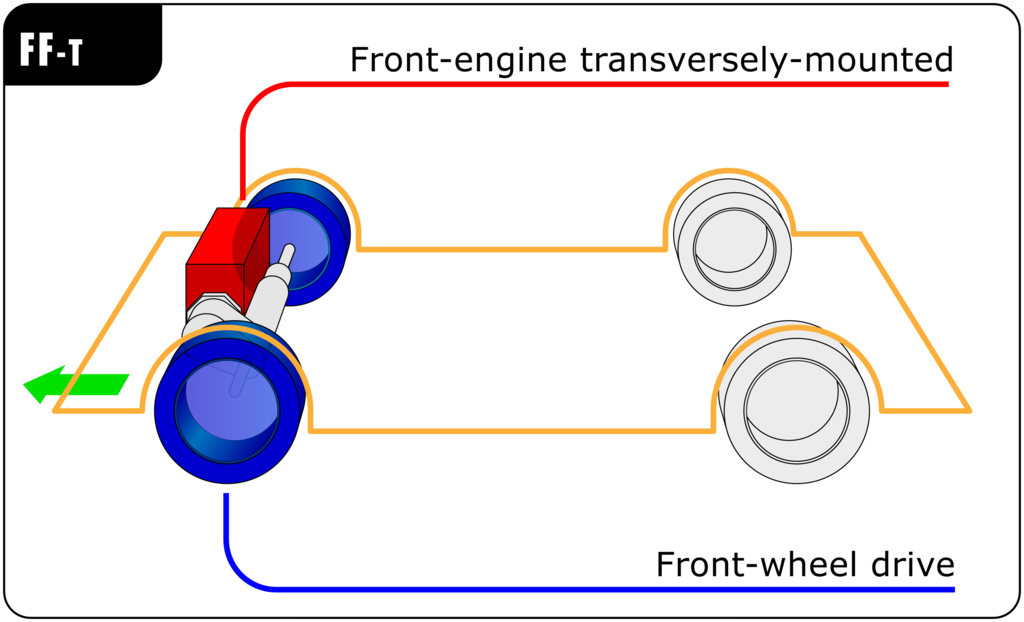
Four/All Wheel Drive
Four-wheel drive (4WD) is another type of drivetrain that combines parts of rear and front-wheel drive systems. It's commonly used in SUVs. With 4WD, power can be sent to all four wheels when driving conditions are slippery, like snow or mud.
Some newer cars have full-time 4WD or all-wheel drive (AWD) systems. They use computers to monitor wheel slips and adjust which wheels receive power to provide the best traction for the conditions.
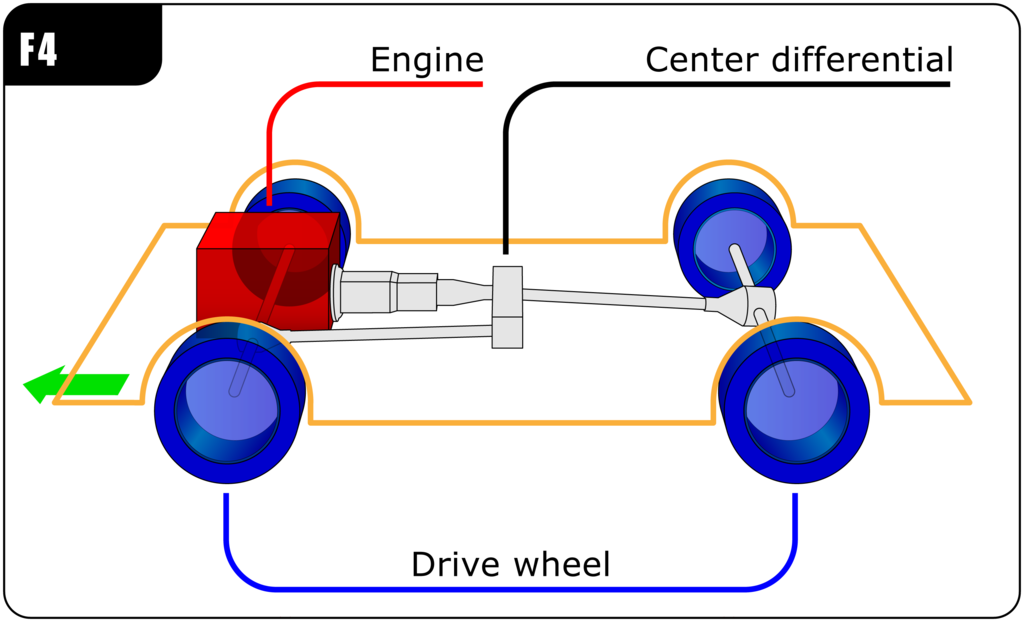
Transmission
A transmission helps change a car's speed, working with gears to control how fast the wheels spin. There are three common types:
- Manual
- Automatic
- Continuously variable (CVT)
Manual transmissions need the driver to change gears by hand using a clutch pedal. They have several gears for different speeds.
Automatic transmissions shift gears automatically, and modern cars have electronic improvements.
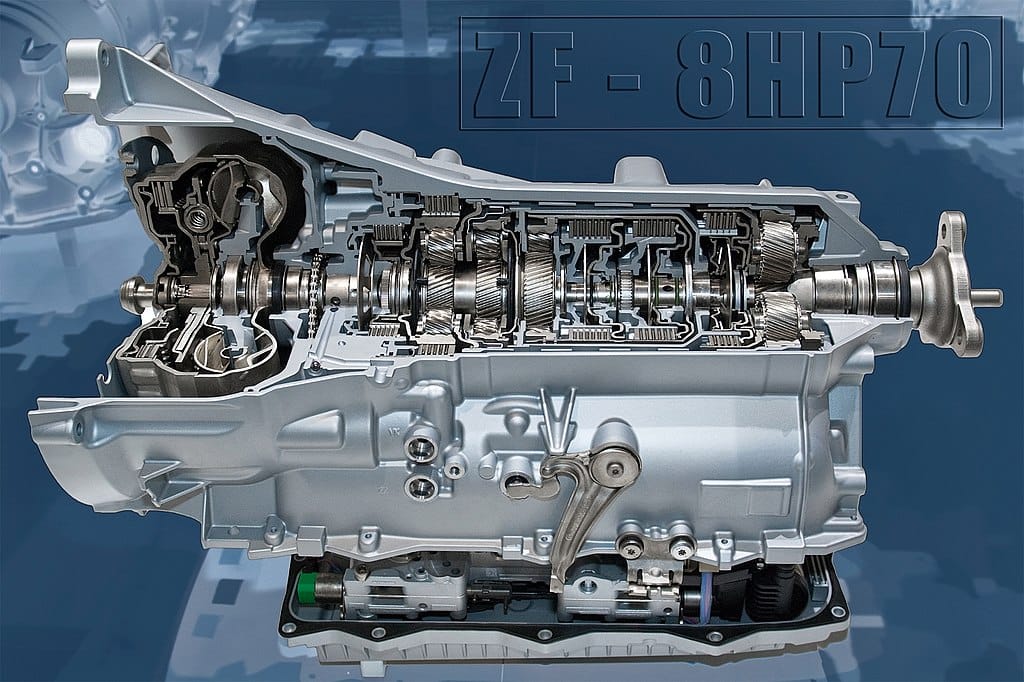
CVT provides smooth shifting without noticeable gear changes and is simpler mechanically.
There's also the automated manual transmission. It allows drivers to switch between automatic and manual styles while driving.
Clutch
A clutch is a crucial part of a manual transmission. Pushing the clutch pedal separates the spinning part of the engine from the rest of the drivetrain, allowing you to change gears. This separation also creates a "neutral" position for starting and idling.
As you release the clutch pedal, a clutch disc comes in contact with a spinning flywheel. When the clutch pedal is fully released, the disc is tightly pressed against the flywheel. This transfers the power from the engine to the transmission.
The flywheel, attached to the engine's crankshaft, helps absorb vibrations and noise. All the clutch parts are enclosed in a bell housing to protect them from dirt and moisture.
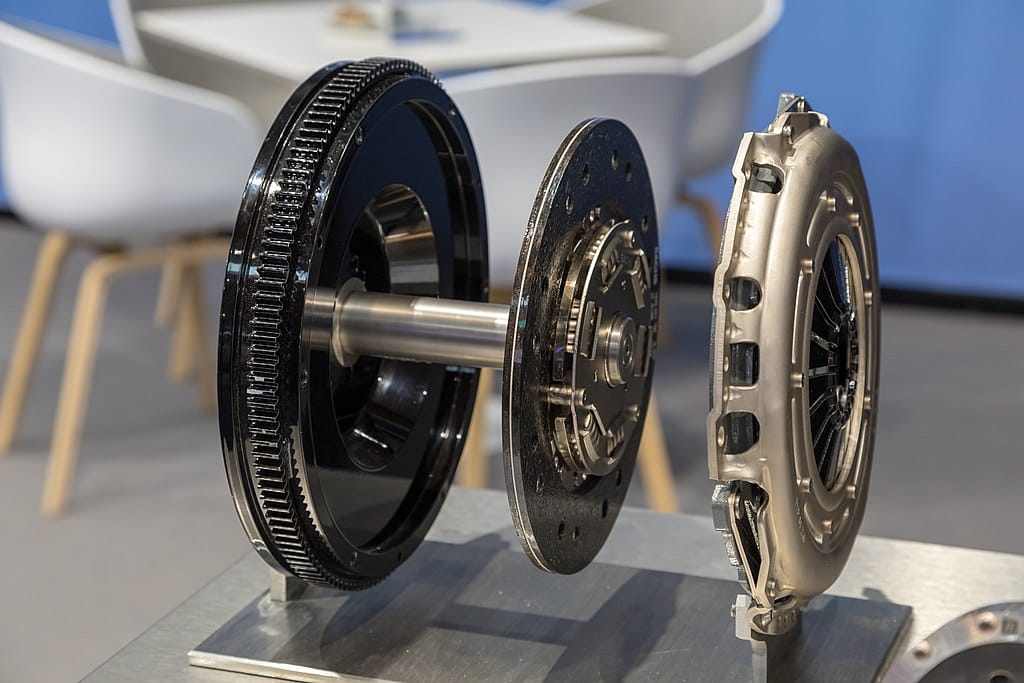
Torque Converter
A torque converter is like a clutch for an automatic transmission. Unlike a manual clutch, which uses solid parts to connect the engine to the drivetrain, a torque converter uses a liquid connection. Imagine two household fans facing each other: if you turn on one, the other will start spinning, too. A torque converter works similarly.
But it uses liquid instead of air for a more robust and reliable connection. The liquid, called transmission fluid, helps transfer the spinning power of the engine to the drivetrain. The transmission fluid also acts as a lubricant for the moving parts in an automatic transmission.
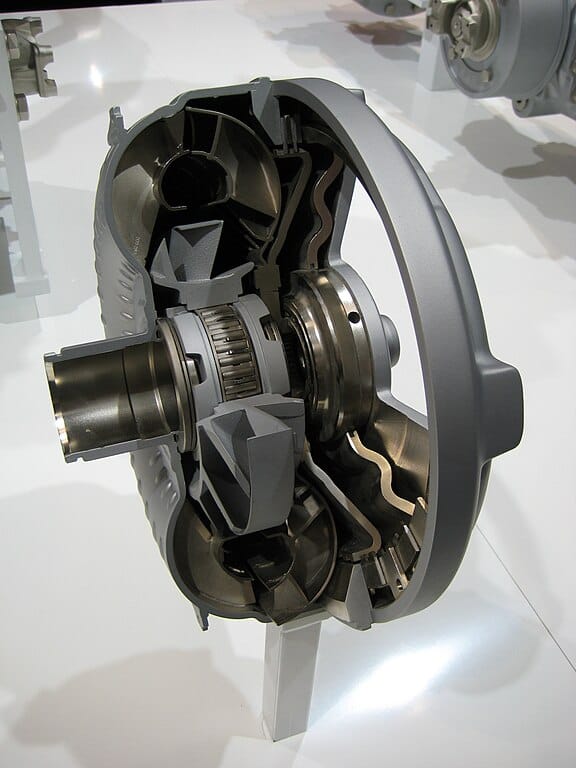
Universal Joints
Universal joints, often called U-joints, transfer spinning power while adjusting to angle changes. Road bumps and steering can cause the angle changes. They attach to each end of a driveshaft and are also used in steering systems and other automotive parts.
Front-wheel-drive systems use stronger, more flexible U-joints called constant velocity joints (CV-joints). CV joints use ball-bearing mechanisms to reduce friction and provide extra strength. This is due to the complex forces and movements in FWD cars.
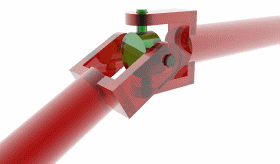
Drive Shaft
A driveshaft is a steel tube that transfers power from the transmission to the wheels. In rear-wheel-drive cars, it extends from the transmission to the differential. The driveshaft uses U-joints to attach it at each end. Despite being a steel tube, it needs a delicate balance; minor dents or debris can affect that. Sometimes, two shorter driveshafts are used instead of one long one to avoid balance issues.
Front-wheel-drive cars use half shafts instead of a driveshaft. These short steel rods connect the wheel assembly to the transaxle using CV joints. Rubber "boots" protect the CV joints from moisture or dirt because they can be easily damaged.
Differential
A differential is a large part located between the rear wheels of a rear-wheel-drive car. It's responsible for transferring spinning power around corners and performing other important tasks. The differential has arms extending to each rear wheel. The arms enclose the axles that connect the wheels with the gears in the differential.
If only one wheel receives the majority of power in slippery conditions like mud or snow, the car can get stuck. A limited-slip differential helps by transferring power to the opposite wheel for better traction.
The differential also allows the rear wheels to rotate at different speeds during turns, preventing damage.
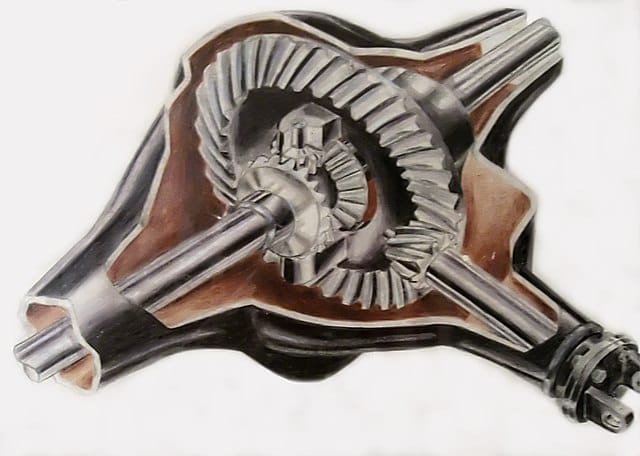
Thank You
I hope this helped you better understand what is involved in the drive train and its components.


